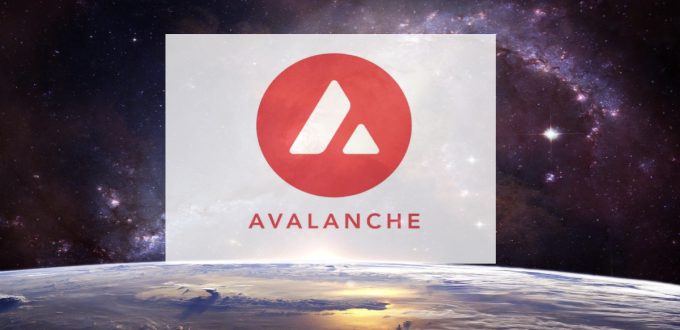Avalanche, like Ethereum, is a layer 1 blockchain network that provides a platform for the tokenization of digital assets and smart contracts. This blockchain network is compatible with many other blockchains. In the Avalanche network transactions are processed within seconds and they provide a high safety threshold.
Understanding Avalanche
Avalanche, a platform for decentralized financial transactions, was founded by Enim Gun Sirer, a professor at Cornell University, in 2018. It is considered to be the most compatible space for tokenization of real-world assets, tailoring new dApps, and a platform for smart contracts.
Avalanche was built to achieve various decentralized objectives. It provides native support for creative, quick, easy, and low-cost trading of digital smart assets with sophisticated custom rules that the network can oversee.
There are three main blockchains in the Avalanche network – The Contract chain, Platform chain, and Exchange chain. Both P-chain and C-chain come under the more evolved version of Avalanche’s consensus model, the Snowman consensus umbrella.
The Contract chain offers a platform to carry out all smart contracts. The Exchange chain is a place where assets are exchanged and minted. A platform chain is a platform that is used to develop other varieties of blockchain.
The Avalanche network is developed in such a manner that it can address all the drawbacks that existed in other blockchains. Not only Avalanche is the most effective, but it also can offer services that couldn’t be offered by any other blockchain. In Avalanche, developers are allowed to create their smart contracts and decentralized apps and alongside could also enjoy speed, compatibility, effectiveness, and security.
As an ecosystem, Avalanche has been compared to many blockchains such as Bitcoin, Polkadot, and Ethereum for detailed classification. The time-to-finality taken by Avalanche is less than 2 seconds, which is very less in comparison to other platforms.
Avalanche Network Foundation
The Avalanche’s platform chain offers subnets and manages many validators. These validators validate a transaction. It is completely the decision of the validator, whether to validate a transaction or not, once the transaction is voted out by the validators, it is rejected. Even though there are many validators involved in the Avalanche network, it still is the fastest network.
Growth of Avalanche
The token of Avalanche, Avax, has shown resilience even when the market was unstable after the ban on cryptocurrency by China.
Avalanche as an Asset
There are a lot of opportunities that are being offered by Avalanche in the decentralized finance world. It allows people to develop dApps and authorize various contracts in seconds; it also provides flexibility while creating dApps for developers having a diverse vision.
Avalanche, with its optimal security, seems to be a good asset for the future, but nothing for sure can be predicted in the crypto market.
Disclaimer: The article should not be considered as any financial advice. It is advisable to conduct thorough research before investing.
Photo by – Nxtgenvirtue

